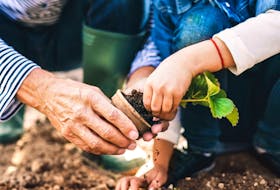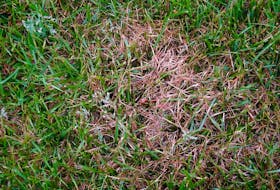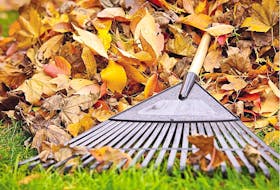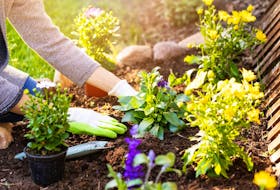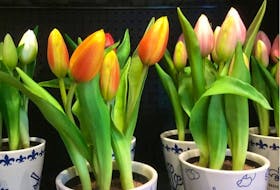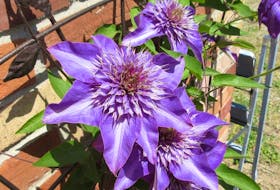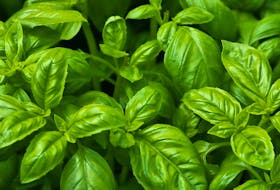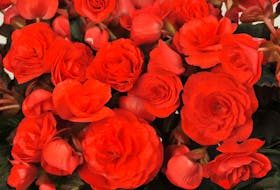Jim Hole
For Postmedia
As the last patches of winter snow have melted away from our gardens, the soil that we’ve had the luxury of ignoring for the past six months is, once again, revealed.
For those who have great garden soil, it can be a celebratory event. But for those gardeners who have hard, clay-rich soils, the disappearing snow is just a reminder of the problem that they didn’t address last year. If your garden soil is plagued with clay, don’t put the problem off for another year. Clay is not all bad once you understand what it is and how to manage it.
A bit of science
Soil is the foundation of all great gardens — no surprise there. Without great soil, plants simply cannot reach their full potential. But even though it is complex stuff, soil is comprised of just two solids: organic matter and minerals. Organic matter exists in one of two states, living or dead. Decayed leaves and roots are examples of dead organic matter, while earthworms, fungi and bacteria are examples of living organic matter.
The other solid is the soil’s mineral fraction, which is comprised of three types that are organized by size. The first and biggest particle of the group is sand. Grind this sand up a bit and you get a finer material called silt. Grind up silt even finer and you get clay.
Soils with mineral ratios of about 40 per cent sand, 40 per cent silt and 20 per cent clay are called ‘loam soils.’ If the percentages of particles are shifted one way or the other you might have a sandy loam, silty loam, or clay loam soil. All of these soils can provide an excellent root environment for most plants, provided the ratios aren’t skewed too much to any one mineral.
Soils that have a very high percentage of sand drain quickly. Anyone who has spent any time on a sandy beach can attest to how quickly water passes through the sand. Silt, being intermediate in size between sand and clay, holds water better than sand because more water adheres to the silt particles.
But clay is, by far, the best at holding water. Not only does water get trapped between the clay particles but it also gets trapped within the clay particles. The result is that soils with a high percentage of clay content tend to stay wet, and because of their fine structure they become compacted easily and provide very little air space.
What should you do?
If you have these heavy clay or ‘gumbo’ soils as we refer to them on the prairies there are two strategies. The most difficult and most costly is to replace the clay with high-quality loam. Yes, it’s a big job but the bad soil problem can be solved in an instant.
One thing you never want to do is add sand to a clay soil to improve the drainage. At first glance, it would seem logical that if sand allows for excellent drainage and clay drains poorly, then adding sand to clay soils is a simple formula for improving drainage. Don’t do it!
Adding sand to clay creates something akin to concrete. When sand is added to soils laden with clay, the sand just becomes surrounded by an ocean of clay and the soil is no better off.
If your soil is not saturated with clay, adding some organic matter can work wonders. When organic matter like home-brewed compost, well-rotted manures and fish waste (sea soil) is added to clay soil, it binds clay particles together and allows for better water and oxygen penetration.
Organic matter also enriches the soil with nutrients, including beneficial bacteria and fungi. Just keep in mind that the addition of organic matter to clay soils should be done each year because organic matter is consumed by microbes, whereas minerals stay put.
Finally, if you just want to give up fighting with clay completely there is a solution: grow your plants in containers filled with potting soil. High-quality potting soils contain no clay whatsoever. They even look pretty good with a bit of snow cover.
Jim Hole is the owner of Hole’s Greenhouses in St. Albert, Alta., and a certified professional horticulturist with the American Society for Horticultural Science.
Copyright Postmedia Network Inc., 2019

